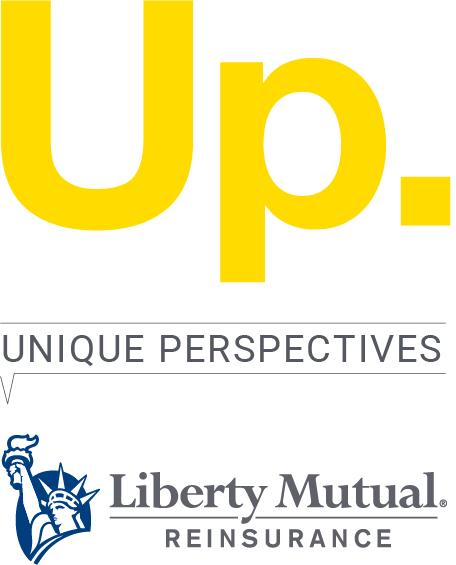As natural catastrophes increase in frequency and intensity globally, (re)insurers are under growing pressure to provide rapid, reliable financial protection in their aftermath. Catastrophes like hurricanes, wildfires, hail and floods are growing in both severity and frequency, leaving traditional models under pressure. In 2024, global economic losses from natural catastrophes reached an estimated $368 billion, with only $145 billion covered by insurance.[1] The stark discrepancy between insured and full economic losses underscore the critical need for comprehensive coverage strategies to mitigate financial vulnerabilities in the aftermath of disasters.
Parametric insurance stands out as a vital tool to help close the protection gap for hard-to-insure risks, particularly serving as a complement to traditional (re)insurance cover. These solutions trigger payouts based on pre-defined event parameters rather than lengthy post event loss assessments, offering scalable protection with speed, transparency and efficiency. This helps organisations avoid a prolonged process of measuring damage and focus on recovery.
While parametric insurance has existed for more than 25 years, initially starting with the utilities industry in the US, the demand continues to grow across a range of industries particularly as cover against natural catastrophes. The market is projected to grow significantly in the next ten years, driven by rapidly advancing technologies. The most advanced data analysis techniques can process vast datasets and estimate the likelihood of specific events, improving risk assessment and pricing accuracy.
LM Re has just launched ShakeNet Parametric — a next-generation earthquake parametric insurance solution in partnership with Safehub, a leading provider of seismic sensor and risk management technology. Our transformative solution combines data from Safehub’s increasingly dense network of proprietary sensors with existing government seismic networks to provide highly-localized regional shaking maps. ShakeNet is powered by the Global Earthquake Model (GEM) Foundation’s OpenQuake engine, the world’s leading open-source hazard modeling framework.
ShakeNet Parametric reduces basis risk, better aligning payout with actual damage. It’s equally effective for single risks or large portfolios and is adapted to support public private partnerships (PPPs) or sub-layer reinsurance structures.
This year, LM Re has also launched several new insurance products, including parametric agriculture coverage in Colombia to protect Colombian farmers from drought and flooding. Leveraging advanced geospatial analytics from leading tech firms, the product offers swift financial relief to help farmers avoid land loss due to loan repayment pressures, while reducing banks' lending risks and fostering greater resilience in Colombia’s agricultural sector.
As climate change intensifies and economic losses from natural catastrophes on the rise, the role of parametric (re)insurance in managing catastrophe risks and bridging the protection gap will grow more prominent. Parametric (re)insurance is not meant to replace traditional policies. Complementing traditional (re)insurance models, parametric solutions add value and help build resilience.


